Home>Garden Essentials>What Are Good Ground Cover Plants
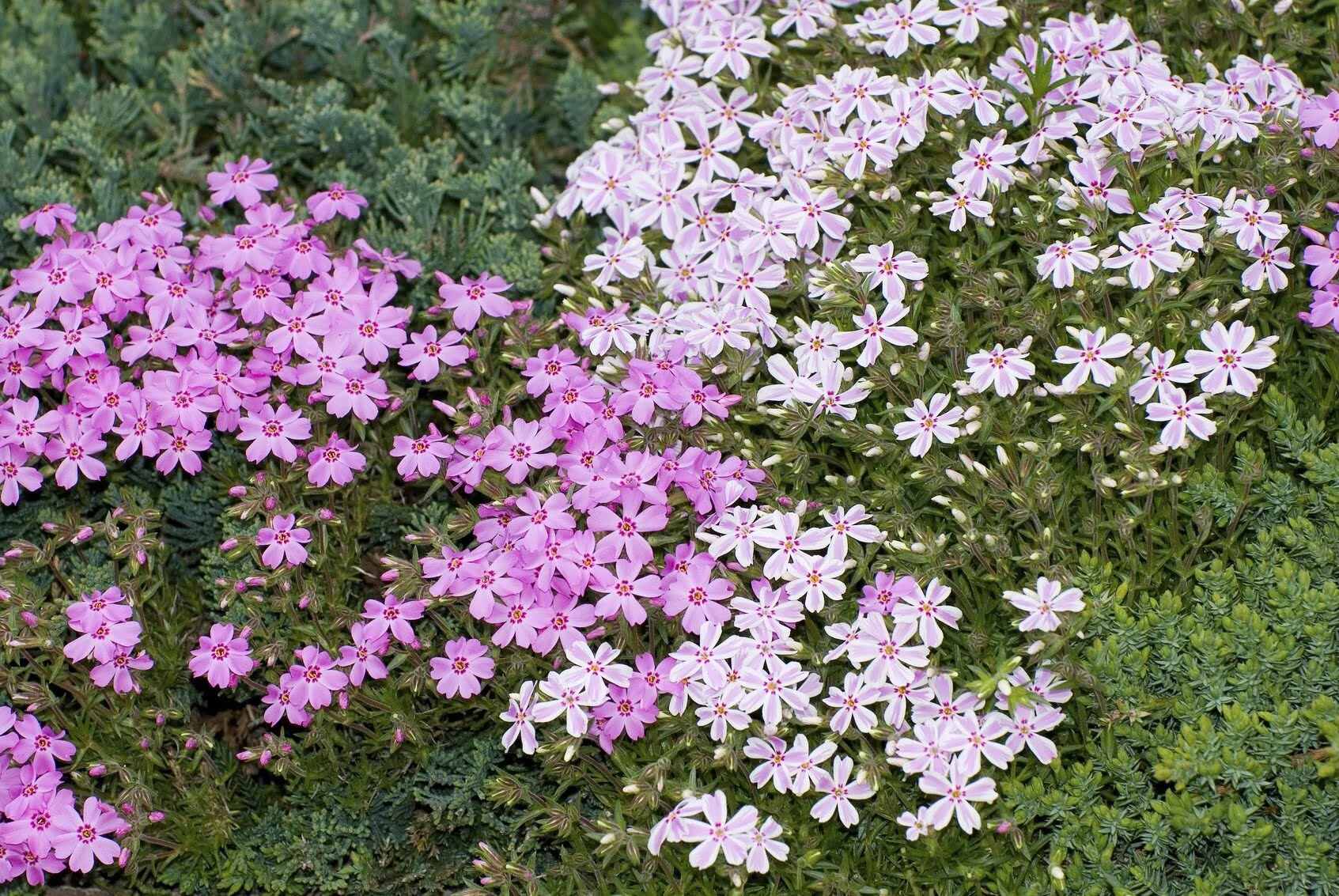

Garden Essentials
What Are Good Ground Cover Plants
Modified: March 7, 2024
Looking for good ground cover plants for your garden? Discover a variety of options and tips for choosing the perfect plants to create a beautiful and low-maintenance garden.
(Many of the links in this article redirect to a specific reviewed product. Your purchase of these products through affiliate links helps to generate commission for Storables.com, at no extra cost. Learn more)
Introduction
Welcome to our comprehensive guide on ground cover plants for your garden. If you’re looking to add beauty, functionality, and sustainability to your outdoor space, then incorporating ground cover plants is an excellent choice. Ground cover plants not only enhance the aesthetic appeal of your garden but also offer a range of benefits that can transform your landscape.
In this article, we will explore the benefits of ground cover plants, factors to consider when choosing them, as well as provide you with a list of the top 10 ground cover plants for shade and sun. We will also discuss how to plant and maintain these plants successfully, as well as common mistakes to avoid.
So, whether you have a shady corner that needs a pop of color or a sunny area that needs protection from weeds, our guide will help you select the perfect ground cover plants for your specific needs.
Let’s dive in and discover how ground cover plants can elevate the beauty and functionality of your garden.
Key Takeaways:
- Ground cover plants offer a range of benefits, including erosion control, weed suppression, and moisture retention. They also provide aesthetic appeal and require minimal maintenance, making them a valuable addition to any garden.
- When choosing ground cover plants, consider factors such as growth habit, light requirements, and climate compatibility. Proper planting and maintenance, along with avoiding common mistakes, will ensure the success and longevity of these plants in your garden.
Read more: What Is A Good Ground Cover Plant For Shade
Benefits of Ground Cover Plants
Ground cover plants offer numerous benefits that make them a valuable addition to any garden. Here are some of the key advantages of incorporating ground cover plants:
- Erosion control: Ground cover plants help prevent soil erosion by stabilizing the soil with their root systems. This is especially beneficial on slopes or areas with loose soil.
- Weed suppression: Ground cover plants create a dense layer of foliage that shades the soil and inhibits weed growth. This reduces the need for frequent weeding and the use of herbicides.
- Moisture retention: The dense foliage of ground cover plants helps to retain moisture in the soil, reducing the need for frequent watering. This is particularly useful in dry or arid climates.
- Soil improvement: Many ground cover plants have deep root systems that improve soil structure, increase nutrient availability, and enhance overall soil health.
- Temperature moderation: Ground cover plants act as a natural insulator, reducing soil temperature fluctuations and providing a cooler microclimate during hot summer months.
- Wildlife habitat: Ground cover plants offer shelter, food, and nesting opportunities for various beneficial insects, birds, and other wildlife. This promotes biodiversity and creates a vibrant ecosystem in your garden.
- Aesthetic appeal: Ground cover plants come in a wide variety of colors, textures, and growth habits, adding visual interest and beauty to your garden. They can be used to create stunning borders, fill in gaps between larger plants, or cover bare ground.
- No-mow alternative: Some ground cover plants, such as low-growing grasses or creeping thyme, can be used as a no-mow lawn alternative. This saves time, money, and resources typically required for lawn maintenance.
- Reduced soil erosion: Ground cover plants secure soil particles and minimize the impact of rainfall, reducing the risk of soil erosion and runoff into nearby water bodies.
- Low maintenance: Once established, ground cover plants generally require minimal care, as they are hardy and can withstand various environmental conditions.
By leveraging these benefits, you can create a healthier, more sustainable, and visually appealing garden space with the help of ground cover plants.
Factors to Consider When Choosing Ground Cover Plants
Selecting the right ground cover plants for your garden involves considering several factors. By taking these factors into account, you can ensure that the plants you choose thrive in their intended location and meet your specific needs. Here are some essential factors to consider:
- Growth habit: Consider the growth habit of the ground cover plants you are considering. Some plants spread quickly and can become invasive, while others grow at a slower pace. Choose plants that match the available space and won’t overrun other plants or structures.
- Light requirements: Determine the amount of sunlight the area receives throughout the day. Some ground cover plants thrive in full sun, while others prefer shade or partial shade. Select plants that align with the light conditions of the intended planting area.
- Soil conditions: Assess the soil type and fertility of your garden to ensure compatibility with the ground cover plants you choose. Some plants prefer well-draining soil, while others can tolerate moist or even poor soil conditions. Consider conducting a soil test to understand the pH level and nutrient content and choose plants accordingly.
- Climate compatibility: Take into account the climate of your region. Some ground cover plants are more suitable for cool or temperate climates, while others thrive in hot and humid environments. Choose plants that are well-adapted to your specific climate to ensure their survival and long-term success.
- Watering requirements: Consider the water needs of the ground cover plants. Some plants are drought-tolerant and require minimal watering once established, while others need consistent moisture. Select plants that align with your watering capabilities and the natural rainfall patterns in your area.
- Maintenance: Evaluate the level of maintenance you are willing to provide. Some ground cover plants require regular pruning, deadheading, or division, while others are low-maintenance and require little intervention. Consider your available time and commitment to maintenance tasks when choosing plants.
- Resilience to pests and diseases: Research the susceptibility of ground cover plants to common pests and diseases in your region. Opt for plants that are known to be resistant or have natural defenses against prevalent pests and diseases, reducing the need for chemical interventions.
- Aesthetic considerations: Finally, choose ground cover plants that complement the overall aesthetic of your garden. Consider the color, texture, and foliage of the plants and how they will harmonize with other plants in the vicinity.
By considering these factors, you can select the most suitable ground cover plants for your garden, ensuring their longevity and optimal performance in your specific growing conditions.
10 Best Ground Cover Plants for Shade
If you have a shady area in your garden, there are numerous ground cover plants that thrive in such conditions. Here are ten excellent options to consider:
- Hosta: Known for their lush foliage and wide variety of leaf colors and textures, Hostas are popular shade-loving ground cover plants. They are low-maintenance and can fill in large areas beautifully.
- Liriope: Also known as Lilyturf, Liriope is a versatile ground cover plant that produces grass-like leaves and spikes of flowers. It is ideal for shady areas and spreads slowly to form a dense carpet of foliage.
- Japanese Spurge (Pachysandra): This evergreen ground cover plant has glossy leaves and thrives in shade. Japanese Spurge is known for its ability to rapidly form a dense ground cover, making it an excellent choice for filling in empty spaces.
- Creeping Myrtle (Vinca minor): This low-growing plant offers attractive evergreen leaves and produces beautiful purple or white flowers in spring. Creeping Myrtle spreads quickly but is easy to control, making it an excellent choice for shaded areas.
- Ajuga: Also known as Bugleweed, Ajuga is a hardy ground cover plant that grows well in shady areas. It offers attractive foliage in shades of green, purple, or bronze, and produces spikes of colorful flowers in spring.
- Wild Ginger (Asarum europaeum): Wild Ginger is a native woodland plant that loves shade. It features heart-shaped leaves and produces inconspicuous but interesting flowers. It is a slow-spreading ground cover but offers a unique and attractive look to shady areas.
- Foamflower (Tiarella cordifolia): Foamflower is a shade-loving plant with beautifully patterned leaves and delicate spikes of white or pinkish flowers. It spreads to form a graceful, ground-hugging carpet and thrives in moist, well-drained soil.
- Barren Strawberry (Waldsteinia ternata): Barren Strawberry is a hardy ground cover plant that has glossy, strawberry-like leaves and produces small yellow flowers. It tolerates shade well and is an excellent choice for naturalizing areas under trees.
- Allegheny Pachysandra (Pachysandra procumbens): This native ground cover plant offers attractive, unique foliage and produces small, fragrant white flowers. It is shade-tolerant and spreads moderately, forming a beautiful ground cover.
- Bear’s Breeches (Acanthus mollis): Although primarily known for its striking architectural foliage, Bear’s Breeches also produces impressive tall flower spikes. It can tolerate a range of light conditions and thrives in partial shade.
These ground cover plants for shade not only add beauty and texture to your garden but also help suppress weeds and provide a lush, green carpet under trees or in other shady areas. Consider incorporating these plants to transform the shaded areas of your garden into inviting and vibrant spaces.
10 Best Ground Cover Plants for Sun
If you have a sunny area in your garden, there are numerous ground cover plants that thrive in such conditions. Here are ten excellent options to consider:
- Creeping Thyme: Creeping Thyme is a low-growing, sun-loving ground cover that releases a delightful fragrance when stepped on. It offers a carpet of small, aromatic leaves and produces tiny flowers in shades of pink, purple, or white.
- Creeping Jenny (Lysimachia nummularia): Creeping Jenny is a fast-spreading ground cover plant with bright, chartreuse leaves. It creates a cascading effect when allowed to spill over walls or in containers, adding a pop of vibrant color to sunny areas.
- Stonecrop (Sedum spp.): Stonecrop is a drought-tolerant and low-maintenance ground cover plant that thrives in full sun. It offers succulent leaves in various shapes, sizes, and colors and produces clusters of star-shaped flowers in summer and fall.
- Carpet Roses: Carpet Roses are compact, flowering ground cover plants that add color and vibrancy to sunny areas. They bloom profusely throughout the season, are disease-resistant, and require minimal maintenance.
- Veronica (Veronica spp.): Veronica is a versatile ground cover plant that offers spikes of beautiful, blue or purple flowers. It is well-suited for sunny areas and adds a vertical element to your landscape while providing habitat for pollinators.
- Blue Star Creeper (Isotoma fluviatilis): Blue Star Creeper is a charming ground cover plant with tiny, star-shaped light blue flowers and bright green foliage. It forms a dense mat and is perfect for filling in gaps between stepping stones or as a lawn alternative.
- Ice Plant (Delosperma): Ice Plant is a drought-tolerant ground cover plant that offers succulent foliage and vibrant, daisy-like flowers. It thrives in full sun and adds a burst of color to sunny garden beds or rock gardens.
- Black-Eyed Susan (Rudbeckia fulgida): Black-Eyed Susan is a native perennial that offers golden-yellow flowers with dark centers. It provides a long-lasting display of color and attracts butterflies and other pollinators to your garden.
- Woolly Thyme: Woolly Thyme is a hardy ground cover plant with silver-gray foliage that forms a dense mat. It is tolerant of hot and dry conditions and adds a unique texture to sunny areas.
- Creeping Phlox (Phlox subulata): Creeping Phlox is a spreading ground cover plant that produces masses of colorful flowers in spring. It carpets the ground with a tapestry of pink, purple, or white blooms and thrives in full sun.
These ground cover plants for sun bring beauty, durability, and low-maintenance qualities to your garden. Consider incorporating them to create a vibrant and visually appealing landscape in your sunny areas.
When choosing ground cover plants, look for ones that are low-maintenance, spread easily, and provide good coverage to suppress weeds. Some popular options include creeping thyme, sedum, and vinca.
Read more: What Is A Ground Cover Plant
How to Plant and Maintain Ground Cover Plants
Planting and maintaining ground cover plants is relatively easy, but there are a few key steps to ensure their successful establishment and long-term health. Here’s a step-by-step guide:
Planting:
- Prepare the soil: Clear the area of any weeds or grass, and loosen the soil using a garden fork or tiller. Remove any rocks or debris.
- Amend the soil: If the soil is poor in nutrients or drainage, amend it with organic matter, such as compost or well-rotted manure. This will improve soil structure and fertility.
- Space the plants: Determine the spacing requirements for the ground cover plants you are planting. Refer to the plant’s specific instructions or consult with a garden expert.
- Dig the holes: Dig holes that are wide and deep enough to accommodate the plant’s root ball. Place the plant in the hole and backfill with soil, gently firming it around the roots.
- Water thoroughly: After planting, water the ground cover plants thoroughly to settle the soil and encourage root establishment.
- Add mulch: Apply a layer of organic mulch, such as wood chips or straw, around the plants. This will help conserve moisture, suppress weeds, and regulate soil temperature.
Maintenance:
- Watering: Provide regular water to your ground cover plants, especially during the first growing season. Water deeply and allow the soil to dry slightly between watering sessions. Consider using drip irrigation to ensure efficient and targeted watering.
- Weeding: Regularly check for any weeds that may emerge among your ground cover plants. Remove them promptly to prevent competition for resources and to maintain a tidy appearance.
- Pruning: Depending on the specific ground cover plant, you may need to prune or trim them to maintain their desired shape and prevent overcrowding. Prune after flowering or during the dormant season, following the plant’s specific guidelines.
- Fertilizing: Some ground cover plants may benefit from occasional fertilization. Apply a balanced slow-release fertilizer according to the recommended dosage and timing for the specific plant.
- Pest and disease control: Regularly inspect your ground cover plants for any signs of pests or diseases. Take prompt action if you notice any issues, using organic methods whenever possible.
- Dividing and propagating: Over time, some ground cover plants may become overcrowded or spread excessively. In such cases, you can divide them by carefully lifting the plant and separating it into smaller sections. This helps maintain the plant’s vitality and promotes healthy growth.
By following these planting and maintenance guidelines, you can ensure the health and beauty of your ground cover plants. Enjoy the benefits of a thriving and visually stunning ground cover in your garden!
Common Mistakes to Avoid when Using Ground Cover Plants
While ground cover plants offer numerous benefits and can transform your garden, it’s important to be aware of common mistakes that can hinder their growth and overall effectiveness. By avoiding these mistakes, you can ensure your ground cover plants thrive and provide the desired results. Here are some common mistakes to avoid:
- Choosing the wrong plant: It’s crucial to select ground cover plants that are suited to your specific growing conditions, such as sunlight, soil type, and climate. Choosing the wrong plant for your garden can lead to poor growth or even plant failure.
- Planting too close together: Proper spacing is essential when planting ground cover plants. Planting them too close together can result in overcrowding, competition for resources, and restricted growth. Follow the recommended spacing guidelines for the specific plant.
- Insufficient soil preparation: Good soil preparation is essential for the successful establishment of ground cover plants. Failing to adequately prepare the soil by removing weeds, improving drainage, and adding organic matter can hinder their growth and overall health.
- Overwatering or underwatering: Finding the right balance of water is crucial for ground cover plants. Overwatering can lead to root rot and other water-related issues, while underwatering can result in stunted growth and plant stress. Ensure proper watering practices based on the plant’s needs.
- Ignoring maintenance: Ground cover plants require regular maintenance to thrive. Neglecting tasks like pruning, weeding, and fertilizing can lead to an unkempt appearance, reduced vigor, and increased susceptibility to pests and diseases.
- Using invasive plants: When choosing ground cover plants, it’s important to avoid selecting species that are invasive in your region. Invasive plants can quickly spread and outcompete native species, leading to negative ecological impacts.
- Neglecting weed control: Weeds can hinder the growth and overall appearance of ground cover plants. Regular weeding is essential to prevent competition for resources and maintain a tidy and well-maintained ground cover.
- Too much or too little sunlight: Ground cover plants have specific light requirements. Planting sun-loving varieties in shaded areas or shade-loving varieties in full sun can result in poor growth and diminished performance. Ensure you understand the light requirements of your chosen plants before planting.
- Not considering long-term growth: Some ground cover plants can spread rapidly and become invasive if not properly managed. It’s essential to consider the long-term growth and maintenance requirements of the plants to prevent them from overtaking your garden or becoming a nuisance.
- Using chemicals irresponsibly: Avoid the indiscriminate use of chemicals, such as herbicides or pesticides, when caring for your ground cover plants. Chemicals can harm beneficial insects, pollinators, and the overall health of your garden. Whenever possible, opt for organic and environmentally friendly alternatives.
By avoiding these common mistakes and following proper planting and maintenance practices, you can ensure the success and longevity of your ground cover plants, creating a beautiful and thriving garden space.
Read more: What Is A Good Ground Cover In AZ
Conclusion
Ground cover plants are a valuable addition to any garden, offering a range of benefits and enhancing the beauty and functionality of your outdoor space. Whether you have shady corners or sunny areas in need of ground cover, there are numerous plant options to choose from that can thrive in these conditions.
By carefully considering factors such as growth habit, light requirements, soil conditions, and climate compatibility, you can select the best ground cover plants for your specific needs. Whether you choose plants for shade or sun, these ground covers provide erosion control, weed suppression, moisture retention, and enhanced soil health. They also offer temperature moderation, wildlife habitat, and aesthetic appeal.
When planting ground cover plants, it’s important to prepare the soil properly, provide adequate spacing, and ensure they receive the right amount of water and sunlight. Regular maintenance, including pruning, weeding, and fertilizing, is vital for the long-term health and beauty of your ground cover plants.
Avoiding common mistakes such as choosing the wrong plant, neglecting maintenance, and not considering long-term growth will help your ground cover plants thrive and create a visually stunning garden. Additionally, maintaining a responsible approach to chemical use and considering the ecological impact of your plant choices will contribute to a sustainable and healthy garden environment.
In conclusion, by incorporating the right ground cover plants in your garden and following proper planting and maintenance practices, you can enjoy the numerous benefits they provide. Create a lush and vibrant landscape, reduce maintenance needs, and promote a healthy ecosystem by harnessing the power of ground cover plants.
Your garden will be transformed into a haven of beauty, sustainability, and functionality, all thanks to the remarkable impact of ground cover plants.
Frequently Asked Questions about What Are Good Ground Cover Plants
Was this page helpful?
At Storables.com, we guarantee accurate and reliable information. Our content, validated by Expert Board Contributors, is crafted following stringent Editorial Policies. We're committed to providing you with well-researched, expert-backed insights for all your informational needs.
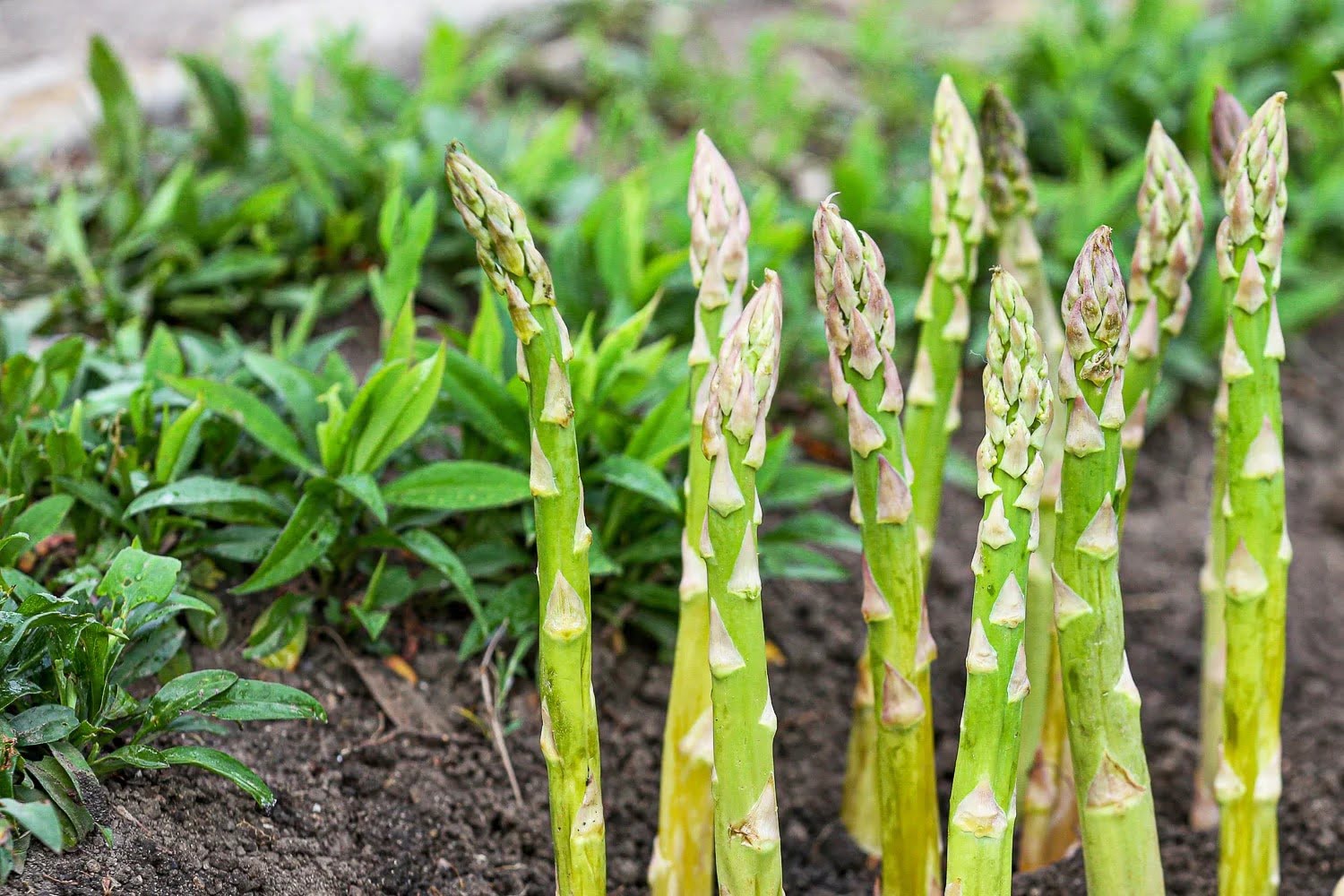

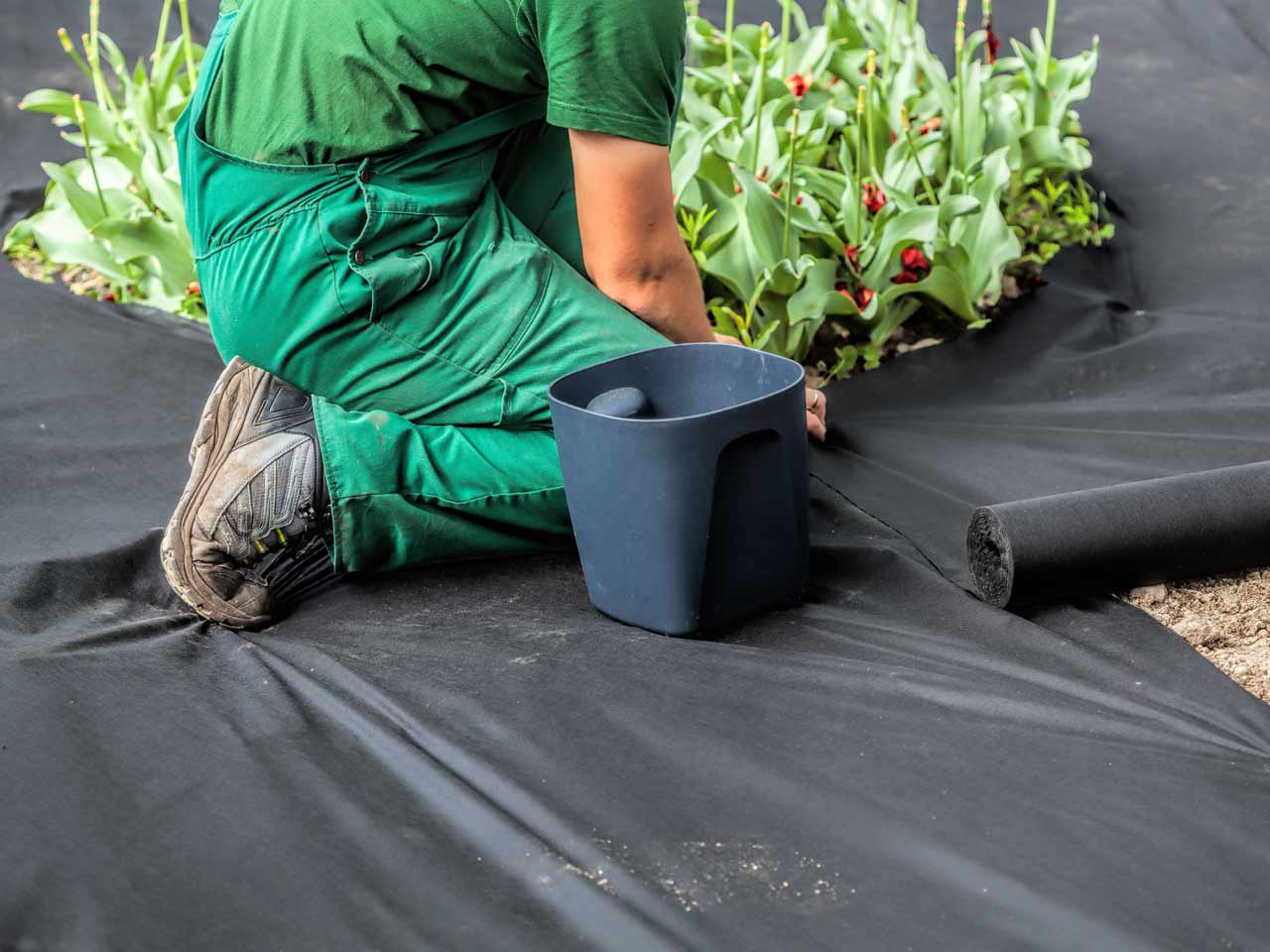
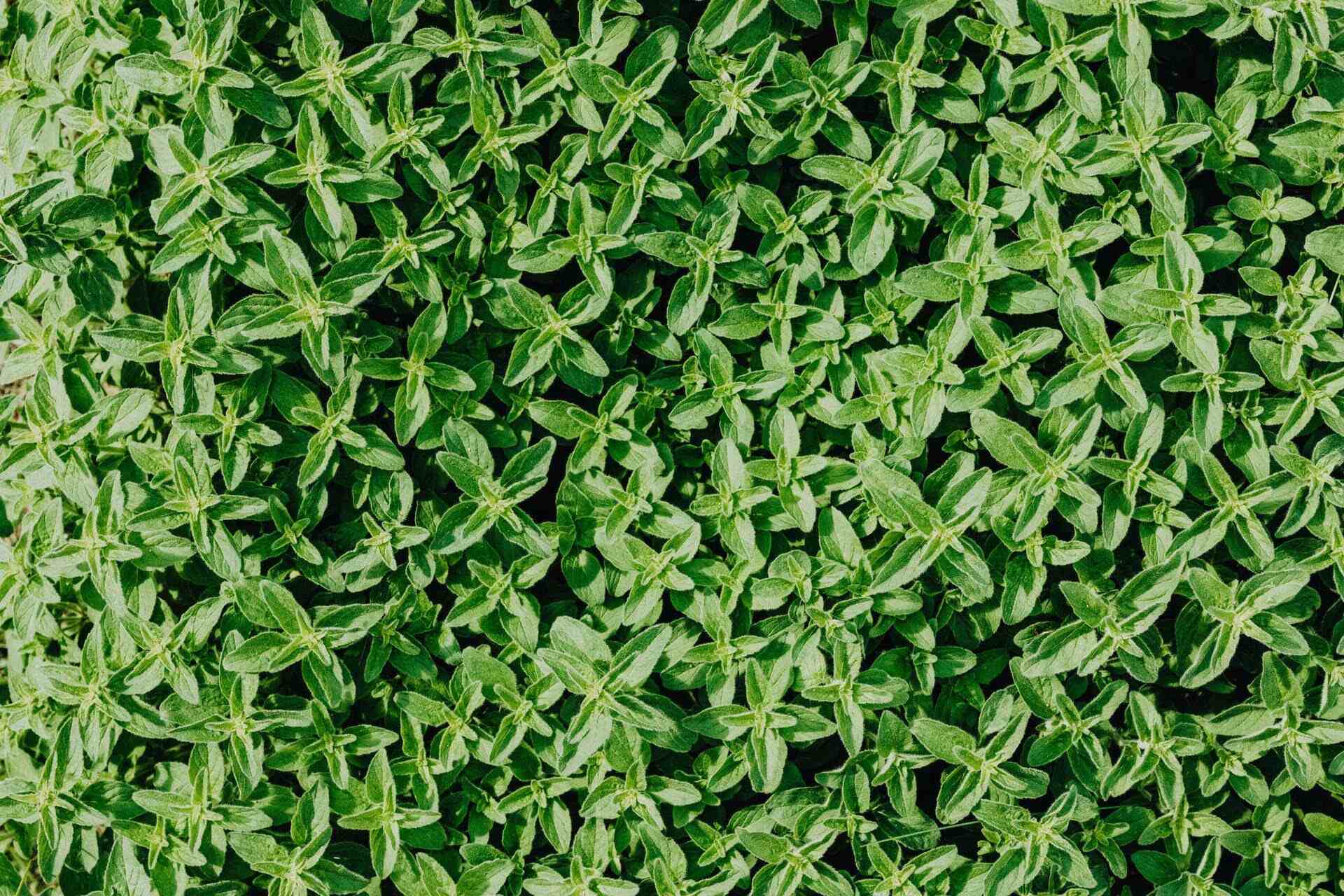
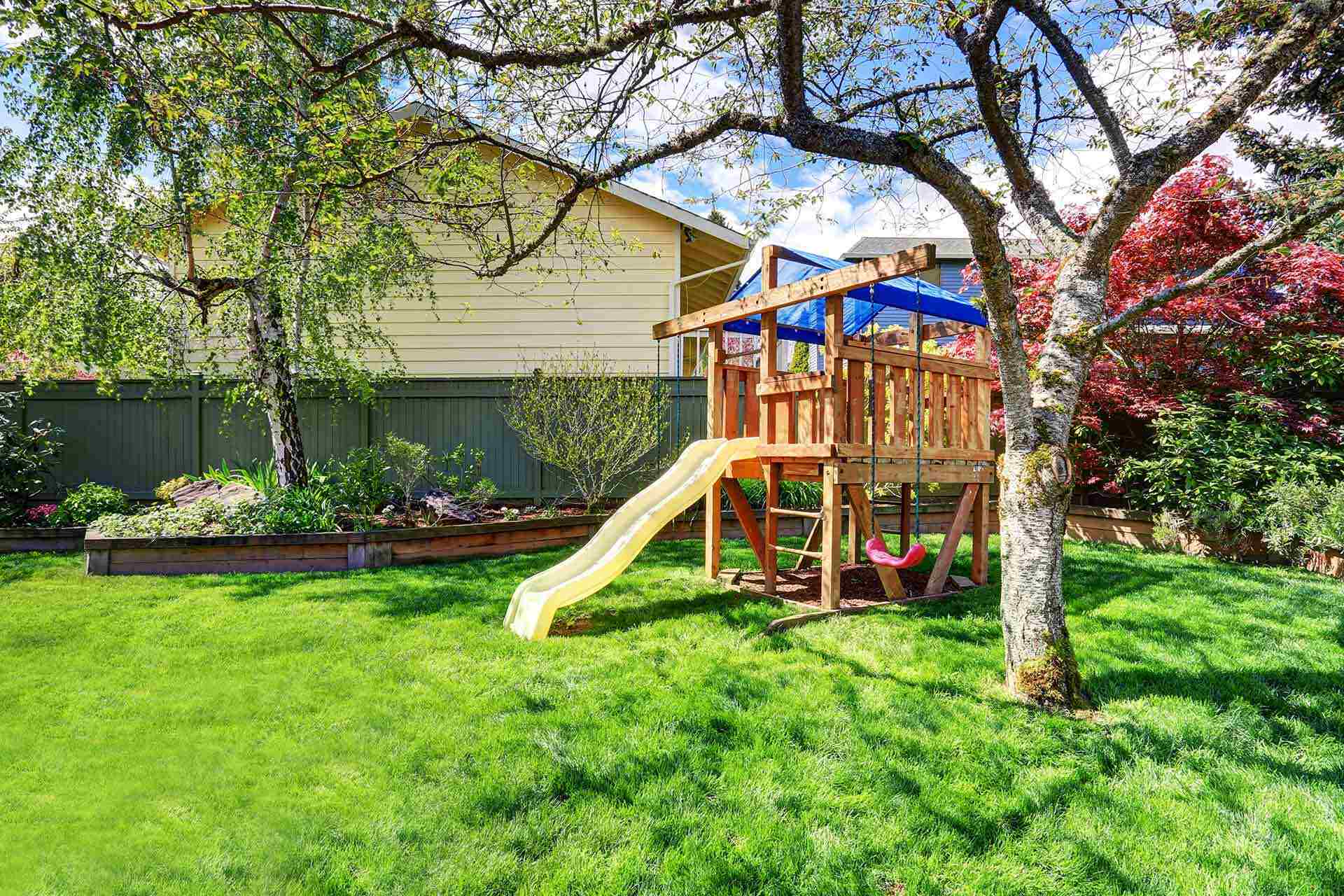
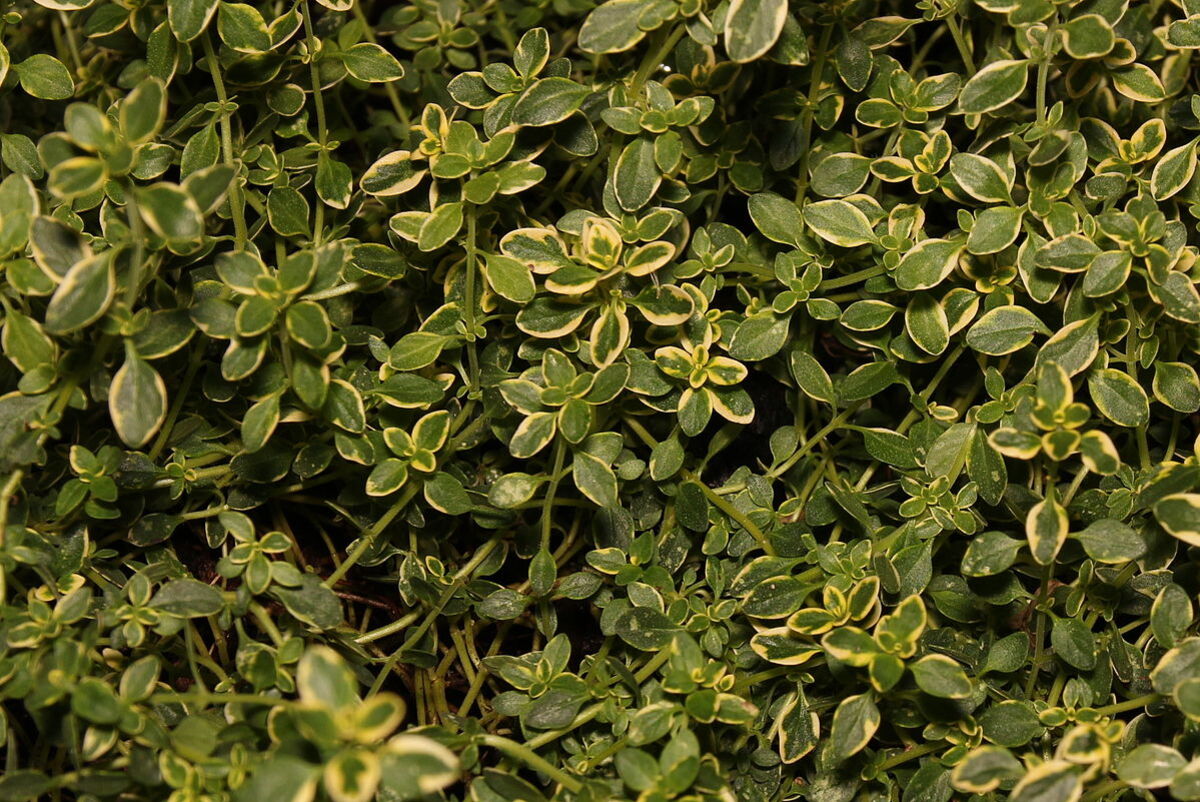

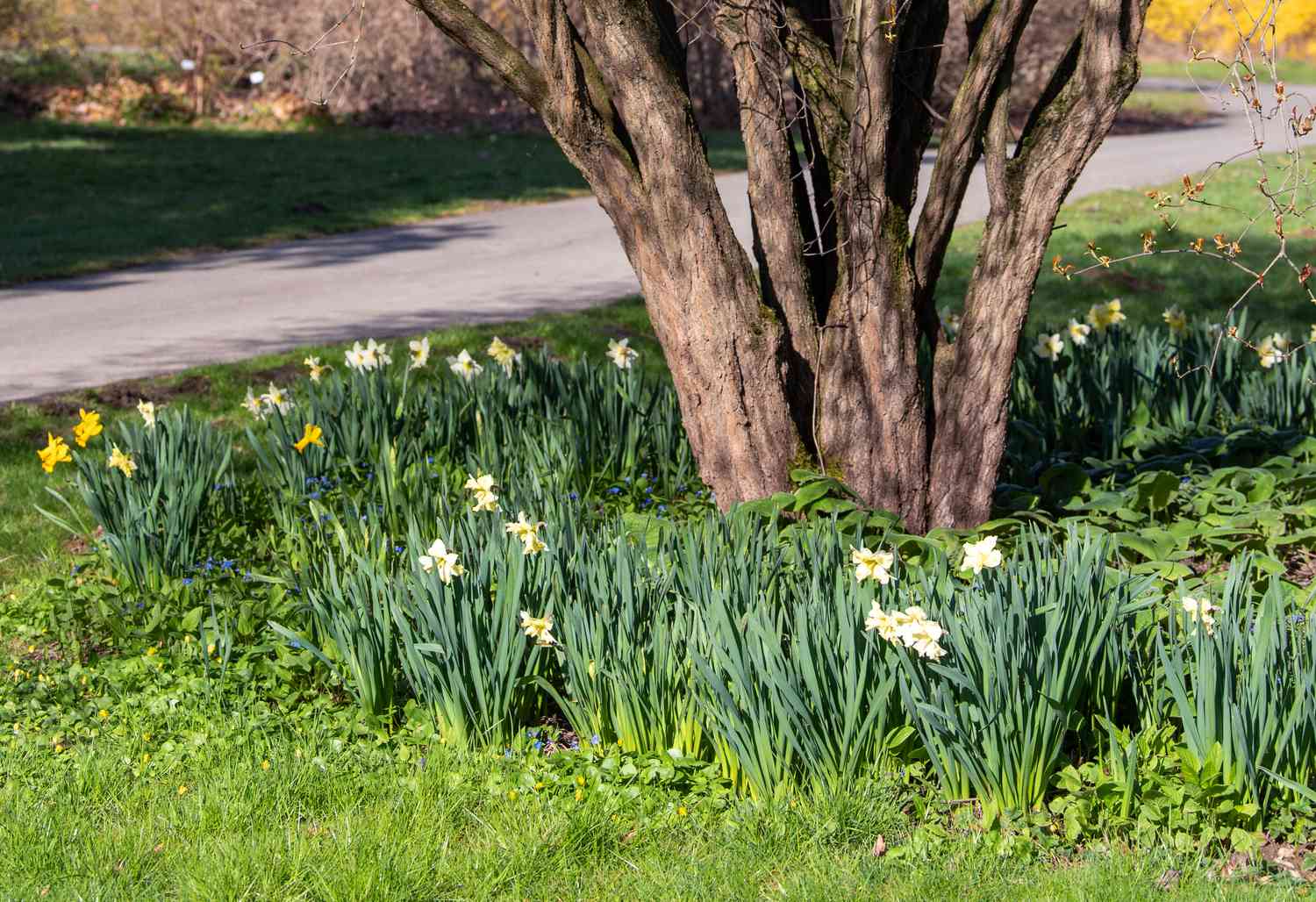
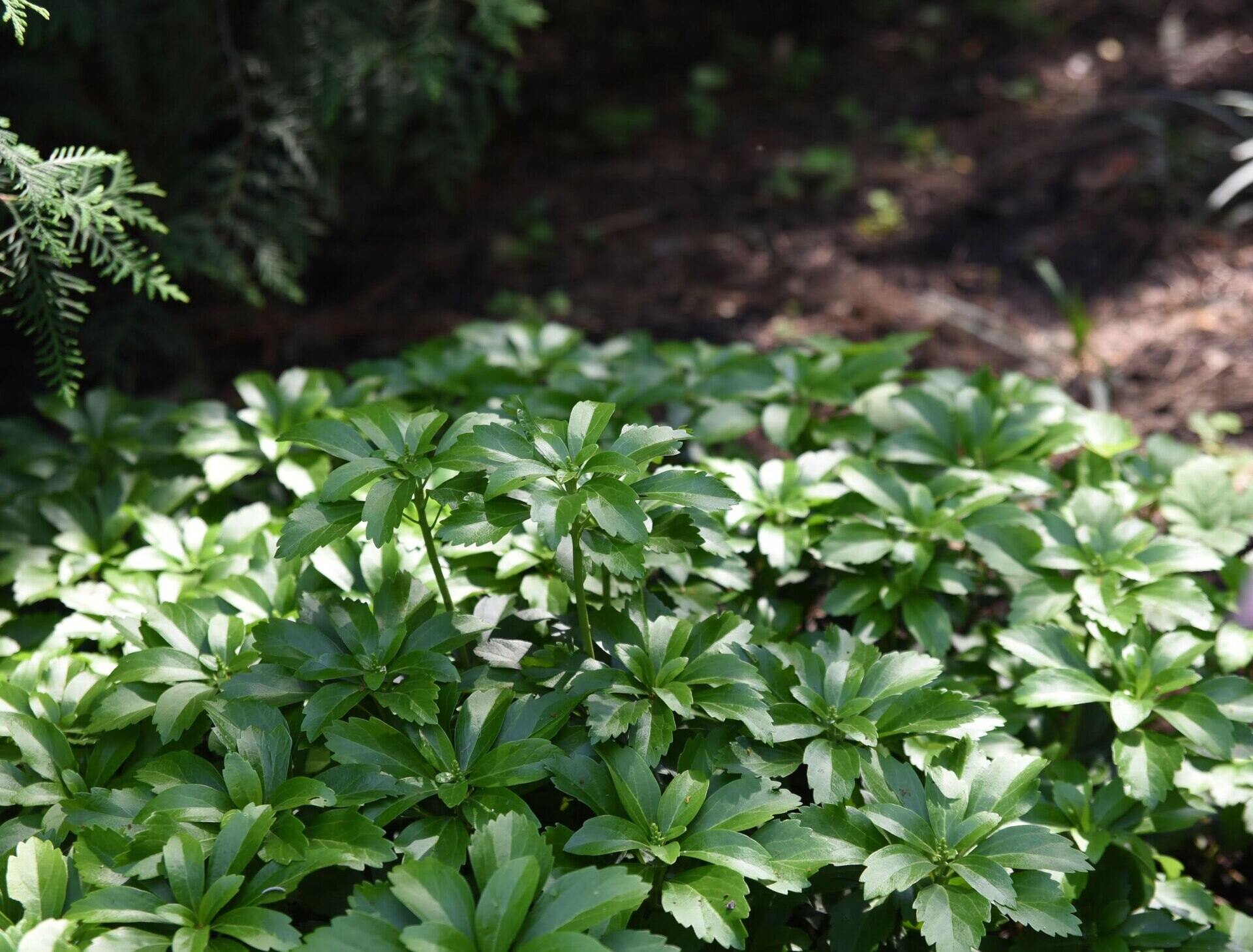

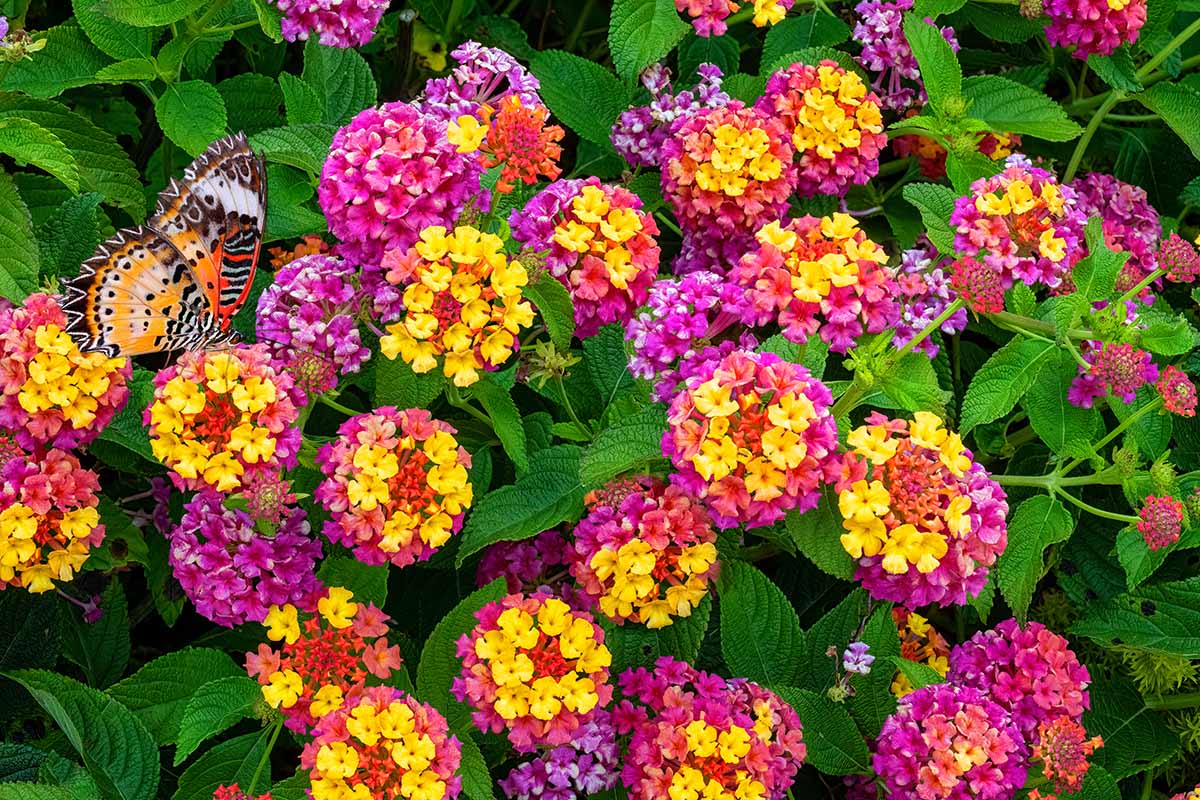
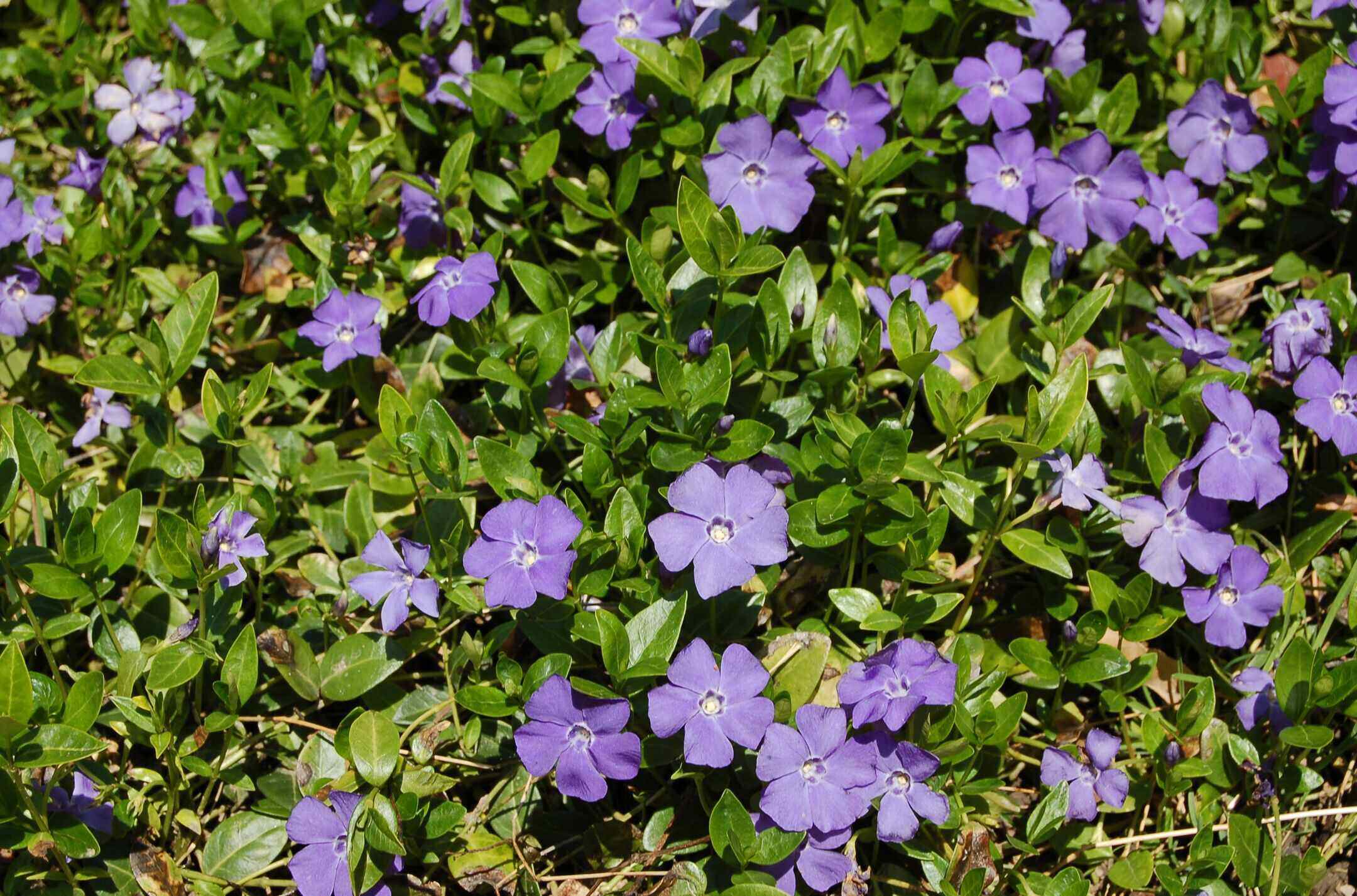
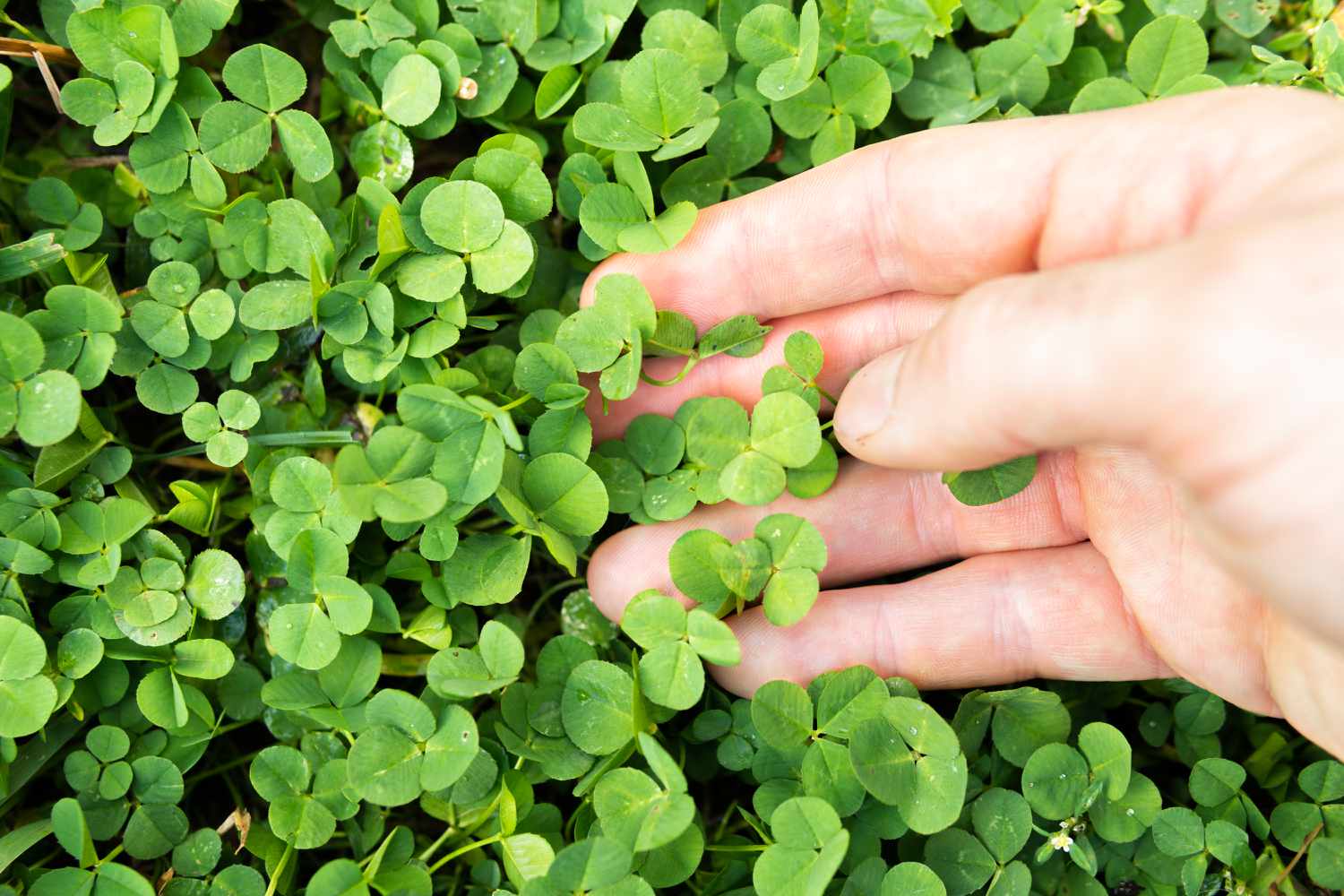

0 thoughts on “What Are Good Ground Cover Plants”